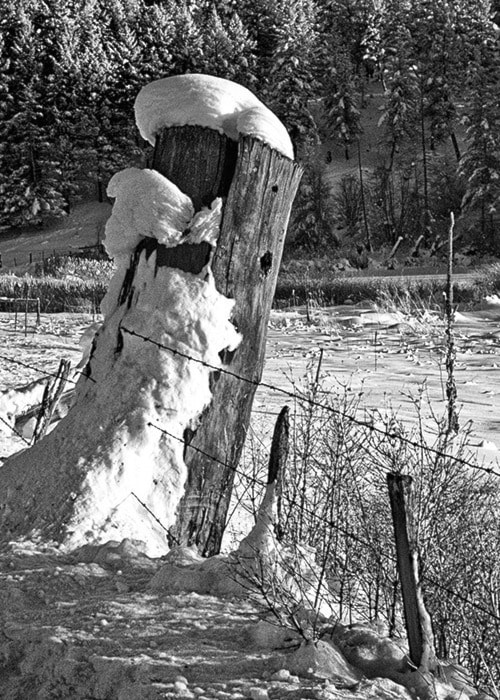The topic of depth of field just keeps coming up, and I suppose I should again discuss it. There must be a reason why depth of field is so elusive to photographers.
I wonder if it is because modern cameras have computers that focus, balance the colour, and control the exposure; all items that make new users believe they don’t need to do anything but point and shoot.
I have discussed depth of field during many classes, written about it in my blog numerous times, and find myself constantly explaining why and how depth of field works.
When I do many photographers smile and nod like they understand what I am talking about,
Unfortunately, when I see their photographs I realize otherwise; and I expect they also would have been much happier if I just told them the reason their picture wasn’t really sharp was because they needed a new lens (buying a new lens is so much easier than taking a class in photography).
This past week, I viewed an image a photographer had posted online. He wrote that he was proud that he had been creative and chosen an unusual view of his subject.
The overall exposure was fairly good, the colours were close to reality, and the centre of the picture was in focus.
However, he had obviously used a wide aperture, because other than that small in-focus, centre area, his subject wasn’t in focus at all. The foreground was blurry and the background was blurry. If the picture was a portrait it would have worked, but the winter foliage he was showing us needed to be in focus front to back.
The definition of depth of field is, “that area around the main subject, in front of and behind, that is in acceptably sharp focus”.
In application, the wider the lens’ aperture is the less depth of field, or that area of sharp focus, around the main subject will be.
Wide aperture lenses are very popular these days and using a lens at a wide aperture like f/2.8 when making a portrait isolates the main subject and produces a soft, out-of-focus background by reducing the depth of field.
Using a wide aperture can increase the exposure in limited lighting conditions; but, along with the benefit of additional light reaching the camera’s sensor, the resulting effect is reduced depth of field.
Creating a field of focus behind the subject of eight inches or so might look really good when making a portrait, but it is not effective in a scenic.
I wish that many photographers would accept blame for the faults in their photographs and that their lack of understanding of the concept (and I guess technique) of depth of field would have made their photographs better and saved them money, as they did not really need a new lens.
The smaller the lens aperture the more the area of focus around the subject will be. I prefer using a small aperture for scenic photography. I am concerned with all elements in the photograph, front to back, of being sharp and in “acceptably sharp focus”.
The Internet is packed with information on scenic photography, and there are thousands (millions?) of books on photography that are easy to read. I expect that any discussion on scenic photography will include a full discussion of depth of field.
These are my thoughts for this week. Contact me at www.enmanscameratalk.com or emcam@telus.net. Stop by Enman’s Camera at 423 Tranquille Road in Kamloops. I sell an interesting selection of used photographic equipment. Don’t hesitate to call me at 250-371-3069.
